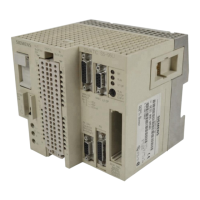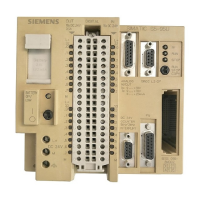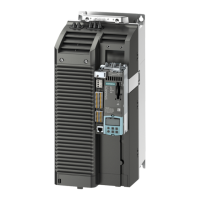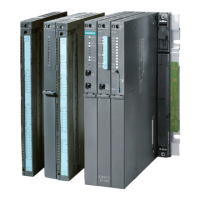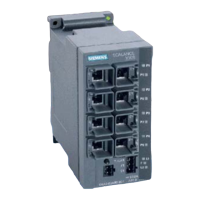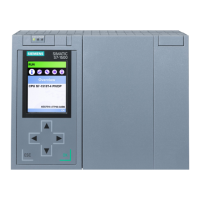S5-100U Integrated Blocks and Their Functions
In the following section are the rules for changing or expanding entire parameter blocks. Follow
these steps or the CPU will not understand what you have entered.
1. Enter the start ID “DB1”, followed by a filler.
- DB1 must begin with the start ID “DB1”
. Do not separate the three characters from each
other. After the start ID, there must be at least one filler. Use a blank space or a comma
as a filler.
2. Enter the block ID for the parameter block, followed by a filler.
- The start ID and filler are followed by the block ID for the parameter block
. The sequence
of the parameter blocks in DB1 is random. The block ID identifies a block and its
corresponding parameter. The block ID “SL1”, for example, stands for the SINEC-L1
parameter. You must enter a colon immediately after the block ID. If the colon is missing,
then the CPU skips this block and displays an error message. You must add at least one
filler after the colon of a block ID.
3. Enter the parameter name, followed by a filler.
- The parameter name comes next
. Parameter names are names for single parameters within
a parameter block. Within a block, the first four characters of a parameter name must be
different from each other. After the parameter name, you must add at least one filler.
4. Enter the argument that is attached to the parameter name, followed by a filler.
- At least one argument is attached to each parameter name
. An argument is either a
number or a STEP 5 operand that you must enter
. If several arguments belong to a
parameter name, then every argument must be followed by at least one filler (even the last
one).
5. Enter a semicolon (; ) to identify the block end, followed by a filler.
- After the semicolon, you must enter at least one filler
. Leaving out the semicolon leads to
misinterpretation in the CPU.
6. Enter additional parameter blocks after the semicolon.
- (Use steps 2 through 5 to create additional parameter blocks.)
7. Enter the end ID “END”.
- This identifies the end of DB1. If you forget to enter an end ID, this leads to errors in the
CPU.
EWA 4NEB 812 6120-02
9-5
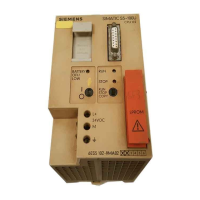
